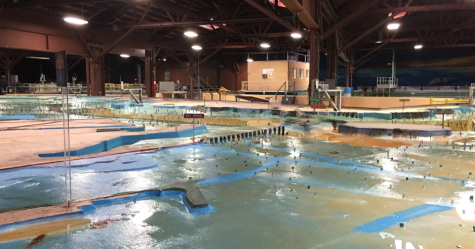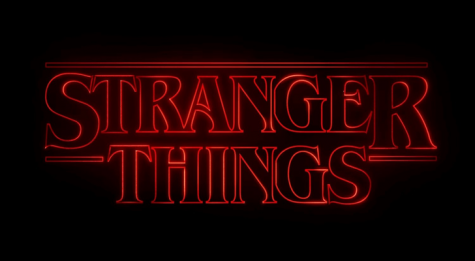Project Orion
Earth won’t be habitable forever. Climate change, pollution, and depletion of nonrenewable resources will lead to an Earth possibly similar to the one in “Interstellar”, essentially a dry arid dust bowl. Improvements like electric cars or solar energy are great, but they won’t prevent the inevitable. Someday, no matter what, Earth will be uninhabitable and, if humans still exist then, there needs to be a ticket out. In 1958, two physicists stumbled upon a very plausible option: Project Orion.
Ted Taylor, a theoretical physicist at General Atomics, and physicist Freeman Dyson devised a plan for a craft that could transport humans to other worlds. The idea was very simple: create a ship fueled by nuclear bombs.
As ludicrous as it sounds, this idea actually had merit. Your everyday rocket takes about three days to get to the moon. That’s not too long…considering it’s the moon. But the point of the project is to find a new home,which requires travelling some distance. To get to Mars it would take about three months. But again, that’s Mars, the closest planet to Earth. To get to the closest solar system would require a mere seventy-five thousand years. Apparently Taylor and Dyson were not willing to wait that long, so they set out to create history’s biggest shortcut.
The theory of the Orion project is the following: use a lot of force to push a lot of weight very fast. The design of the Orion ships are similar in shape to current rockets, but with a twist. The back of the craft contains an enormous shield supported by shock absorbers that protect the ship and passengers from the ship’s array of nuclear bombs. This whole complex would weigh about 8,000 tons, but, being propelled by bombs, this is not an issue.
The calculated speed of the ship is 10,000 km/s, or 3.3% the speed of light. This would cut down the trip from 75,000 years to 133 years. So despite it costing $3.67 trillion (in 1968), this sounds like a very promising idea. So why aren’t we constructing one of these things? Well the nuclear bombs pose a problem. To get to the desired location, it would take 540 nuclear bombs. For good reason, the project was shut down in 1963.
Though the project is closed, it brought up innovations and hope that could potentially lead to a means of finding a new home for the human race.









